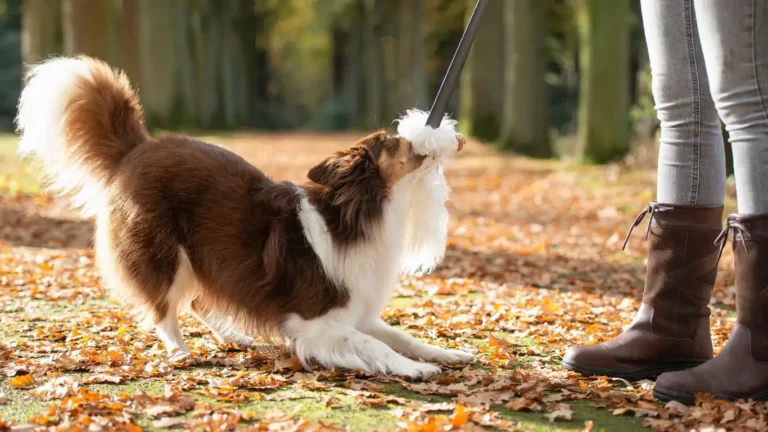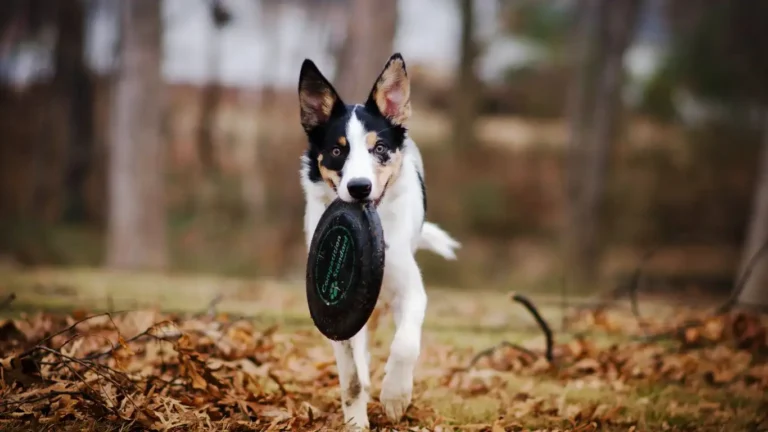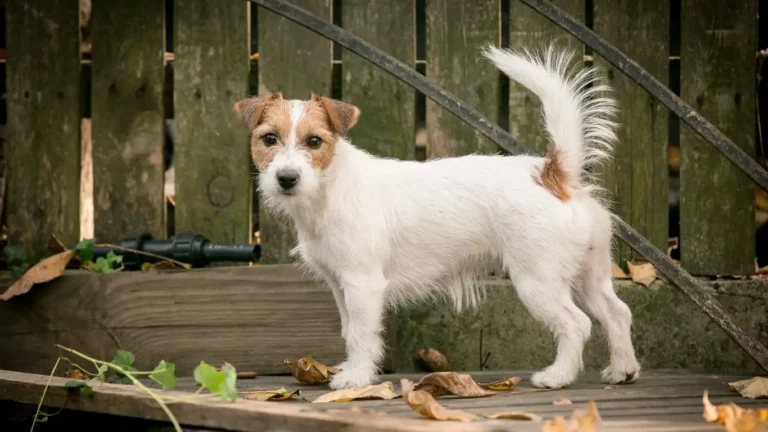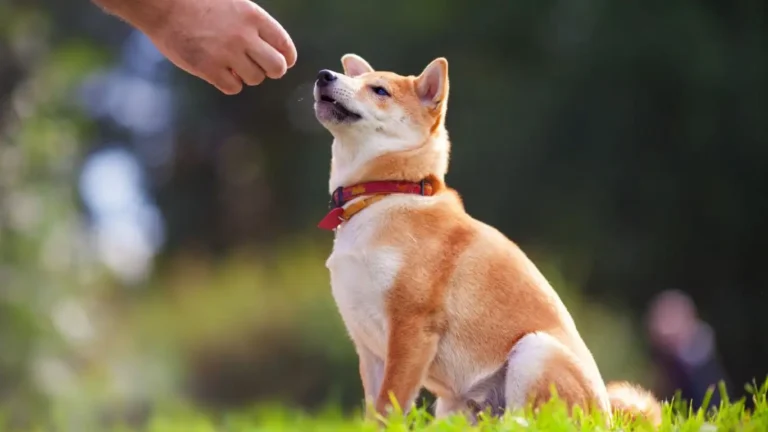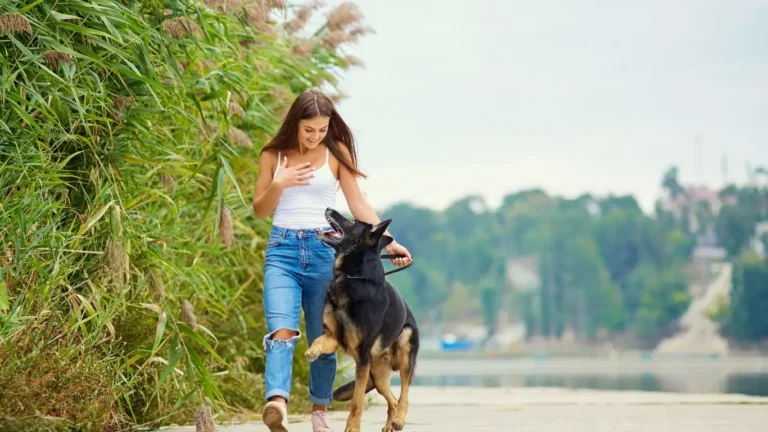Transform Your Walks: How to Train a Dog to Wear a Harness Calmly
If you’ve ever tried to wrangle a wiggly dog into a harness, you know it’s not always a walk in the park. One of the most common questions I get as a Canine-Assisted Therapy Trainer is how to train a dog to wear a harness calmly. Whether you’re gearing up for a stress-free walk or preparing your dog for therapy work, teaching your pup to wear a harness without fuss is a game-changer. And yep, I’ve had my fair share of belly flops, harness refusals, and even the good ol’ limp-dog protest. So let’s dive into what really works—no gimmicks, just good old training with a dash of patience and a lot of liver treats.
Why Your Dog Freaks Out About the Harness
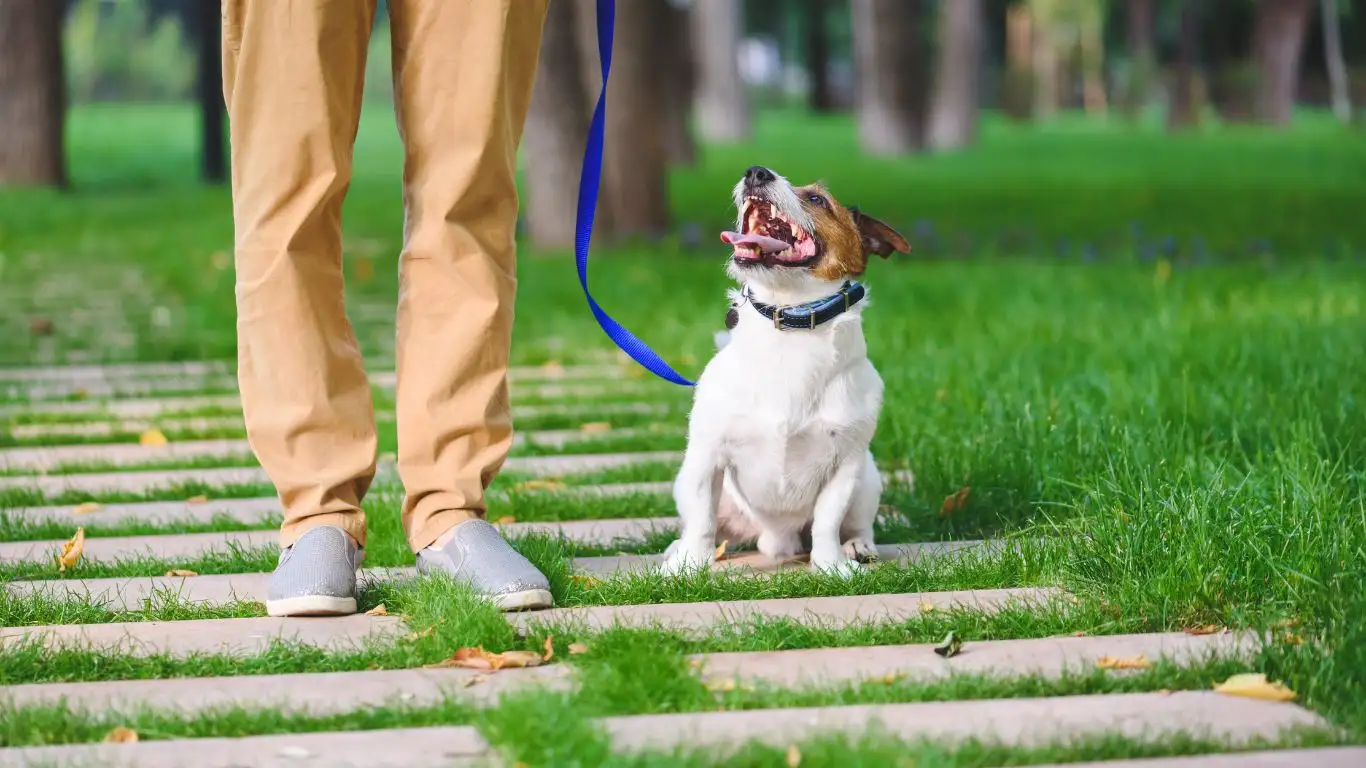
Before we even get to the “how,” let’s talk about the “why.” Dogs aren’t born knowing that harnesses = walkies. In fact, to many pups, that harness feels weird. It touches sensitive areas, slips over their heads, and restricts movement—at least until they get used to it.
In my experience, dogs usually resist harnesses for a few reasons:
- Sensory discomfort: Some pups hate the feeling of straps around their bodies.
- Negative associations: If the harness only comes out when something scary happens (like a vet trip), your dog’s going to connect the dots—fast.
- Not enough warm-up: Just like we wouldn’t put on snow boots for the first time and run a marathon, dogs need gradual exposure.
I remember this sweet little Goldendoodle named Marley—oh man, Marley would literally army crawl under the couch at the sight of her harness. Turns out, it had been put on too tightly once and it freaked her out. Once we gave her a fresh start with a better-fitting harness and some positive reinforcement? Total transformation.
Step-by-Step: How to Train a Dog to Wear a Harness Calmly

1. Pick the Right Harness for Your Dog
Not all harnesses are created equal. Some dogs love the step-in kind, others prefer one that goes over the head. If your dog is still a puppy, go for something lightweight and adjustable. And always double-check that nothing’s rubbing or pinching. If it’s not comfortable, it’s not going to work—simple as that.
2. Let Your Dog Sniff and Explore
Before you even think about putting it on, just let your pup sniff the harness. Lay it down, hold it up, drape it gently over their back without fastening it. You want to build what I like to call “neutral vibes” around the harness. No drama, no pressure.
3. Associate the Harness with Good Things
This is where the magic happens. Whenever your dog interacts with the harness (even just looking at it), reward with treats, praise, or even their favorite toy. You’re building a bridge in their brain: Harness = good stuff.
- Show the harness, give a treat.
- Touch your dog with it, give another treat.
- Gently place it over their back, treat again.
- Fasten it briefly, unfasten, treat again.
Don’t rush this. I had a Labrador named Max who took a full week before we even clipped the harness fully. But after that? It was smooth sailing—he’d come running as soon as he saw it.
4. Practice Indoors First
Once the harness is on, hang out indoors. No leash yet, no pressure to perform. Just let your dog move around the house while wearing it. Offer treats or playtime to keep the vibe light and happy.
5. Build Duration & Movement Slowly
If your pup seems cool with it, take a few steps together indoors. Reward. Remove the harness before they start to fuss. Gradually increase how long they wear it. Remember—we’re building confidence, not compliance.
So far, we’ve laid the foundation for success. It’s not about forcing your dog to wear the harness; it’s about helping them feel awesome in it. Next up, we’ll tackle what to do if your dog’s still nervous, how to transition to outdoor walks, and how to handle those unexpected “nope!” moments.
What to Do If Your Dog Still Resists the Harness
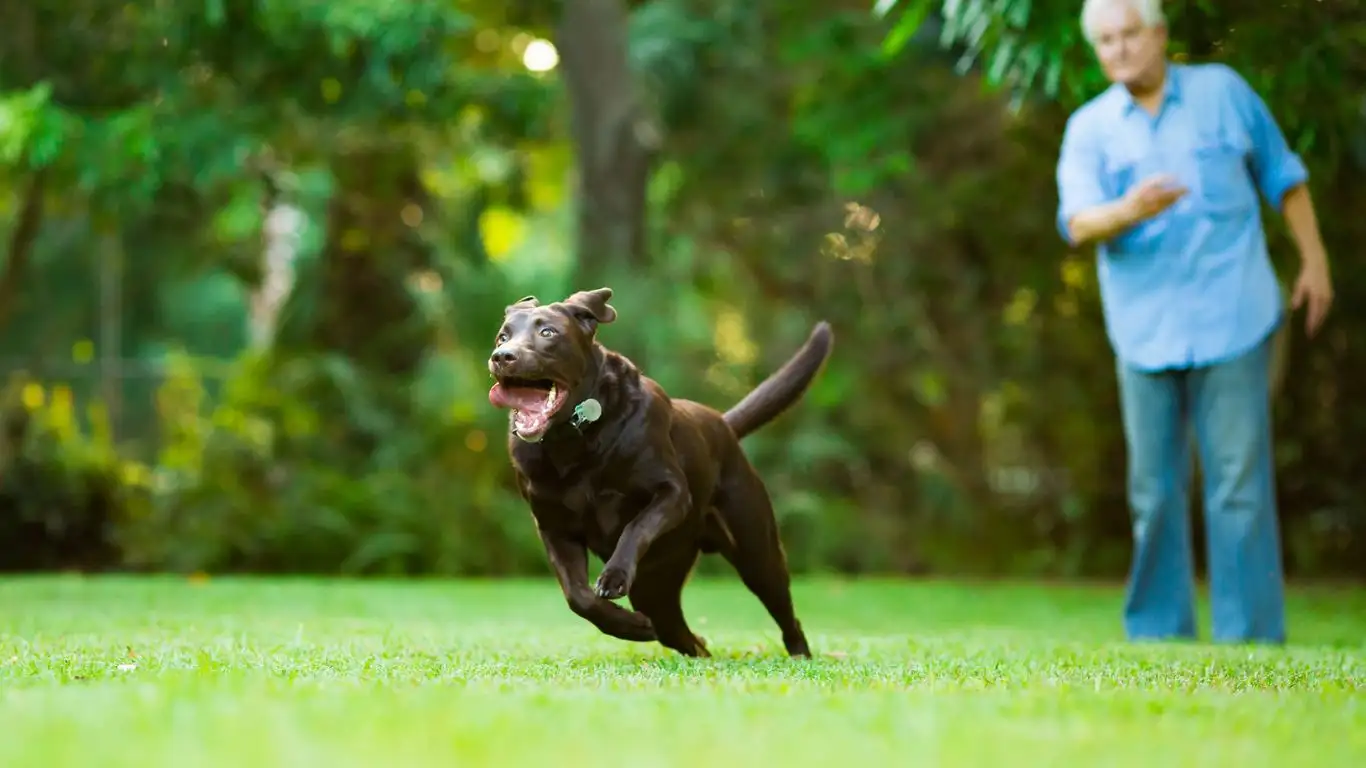
Alright, so let’s say you’ve followed all the steps, and your pup is still pulling a “heck no” when the harness comes out. Don’t worry—you’re not alone. I had this sassy little rescue mix, Zoey, who acted like the harness was made of lava. What turned it around wasn’t pushing her—it was listening to her. Yep, even the resistance is communication.
Here’s what’s worked for me (and Zoey, bless her dramatic heart):
- Go back a step—or three: If your dog is pulling away, hiding, or showing signs of stress (lip licking, yawning, whale eyes), they’re overwhelmed. Rewind. Make it easier and shorter.
- Switch up your rewards: Maybe kibble isn’t enough. Try something high-value like cooked chicken or cheese. For Zoey, freeze-dried liver was the jackpot.
- Try a different location: Sometimes the environment adds stress. Move training to a quieter space with fewer distractions or try a new room altogether.
And most importantly—don’t rush it. There’s no award for “fastest harness training.” What matters is that your dog ends up feeling safe and secure in it. That’s where the long-term wins live.
Moving from Indoor Calm to Outdoor Confidence
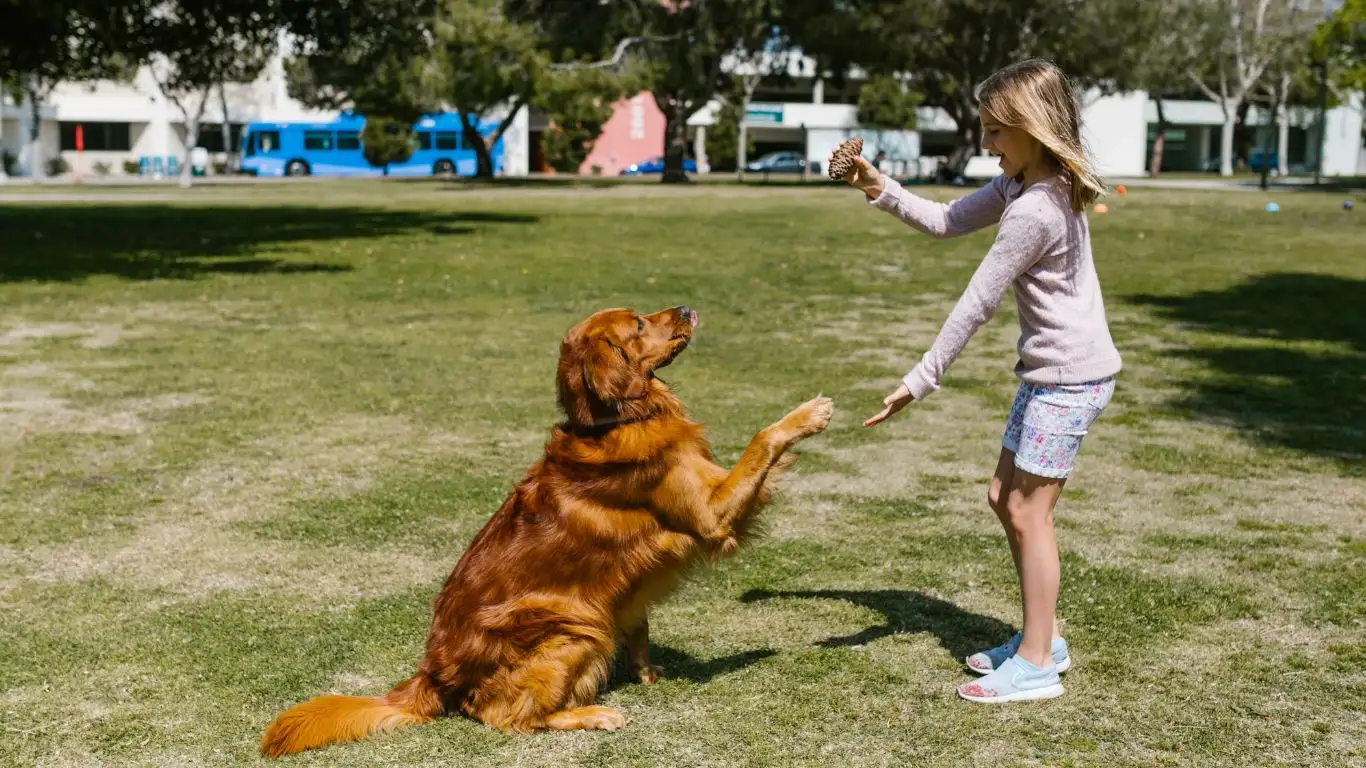
So your dog’s fine indoors with the harness now—awesome! But stepping outside? Whole different ball game. Think of it like learning to ride a bike in your driveway before hitting a busy trail.
1. Start with Quiet Outdoor Spaces
Choose calm, low-stimulation spots for your first harnessed walks. Avoid busy sidewalks or barking dogs—too much too soon can undo all your progress.
When I trained a therapy beagle named Scout, we started in a quiet backyard. No leash yet—just some treats and praise while she explored the yard in her harness. It set the tone before we ever stepped on a sidewalk.
2. Keep Sessions Short and Sweet
Five to ten minutes is plenty at first. Watch your dog’s body language: Are they walking with loose shoulders, sniffing curiously, tail in a neutral position? Good signs. If they freeze, flinch, or try to paw at the harness, head back inside and regroup.
3. Add Leash Time Gradually
Once your dog is chill in the harness, introduce the leash. Clip it on during indoor time first. Let them drag it around under supervision so it feels normal. Then start holding it and guiding gently indoors before going out.
This might sound slow—but slow is fast in dog training. You build confidence this way. And confidence sticks.
Using Desensitization and Counter-Conditioning
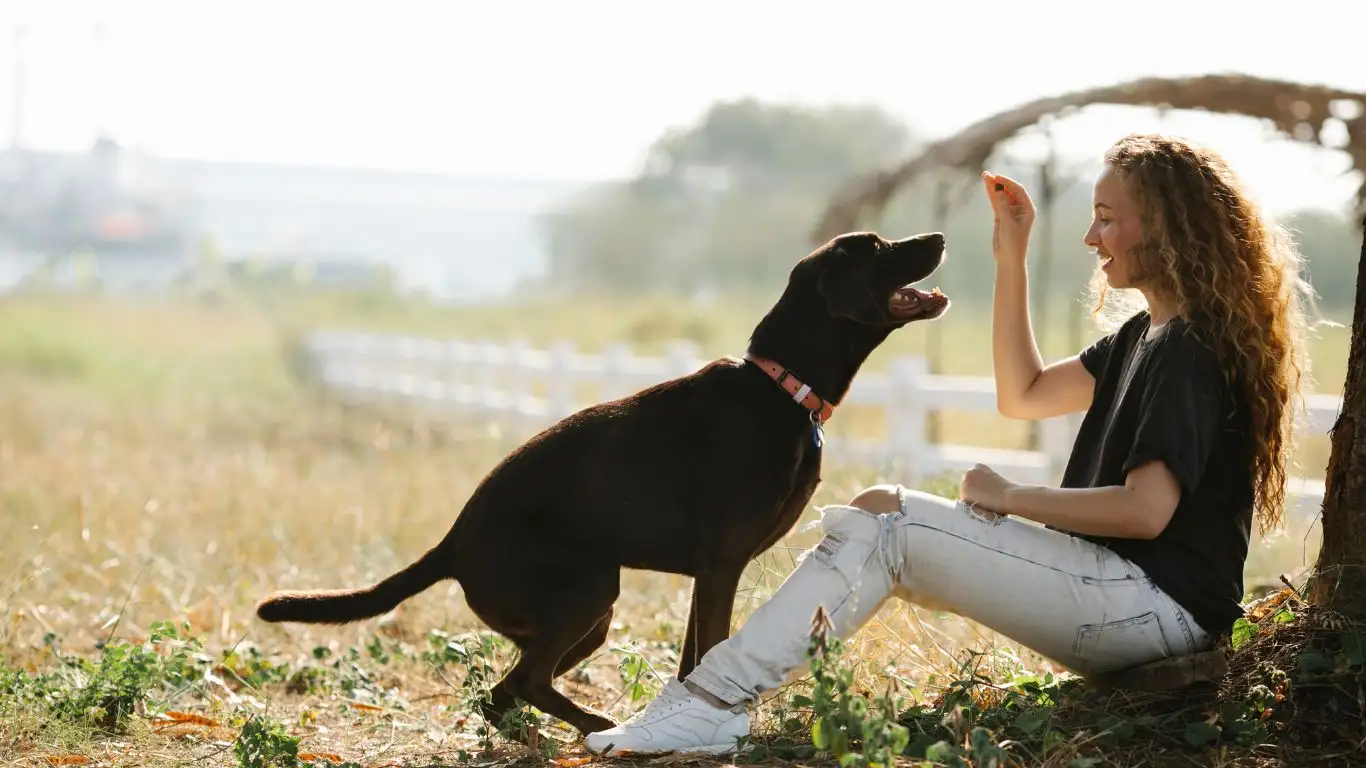
If your dog has strong negative feelings about the harness—maybe from a bad grooming experience or rough handling in the past—then desensitization and counter-conditioning are your best friends.
Break It Down Into Baby Steps
- Bring the harness out, place it on the floor, and reward for calm behavior around it.
- Touch your dog with the harness (don’t put it on yet), then reward.
- Move closer to actually putting it on, always rewarding relaxation and curiosity.
- If your dog reacts, pause. Don’t punish—just take a breather and restart a step or two earlier.
This method takes time but works wonders for dogs with fear histories. I had a Border Collie client named Juno who used to growl when the harness came out. After four weeks of slow desensitization and loads of patience, she now brings her harness over to her owner. Total 180.
Watch for Small Wins
Celebrate the little things. A tail wag, a sniff, a relaxed yawn—all signs your dog is feeling safer. When you spot those, you’re on the right track. Training isn’t just about the end goal; it’s about recognizing progress in those micro-moments.
Also—don’t underestimate your energy. Dogs feed off it. If you’re calm and easygoing, they pick up on that vibe. If you’re stressed or frustrated, well… they’ll notice that too. So keep it relaxed, light-hearted, and fun. This is about building trust, not compliance.
How to Handle Setbacks Without Losing Progress
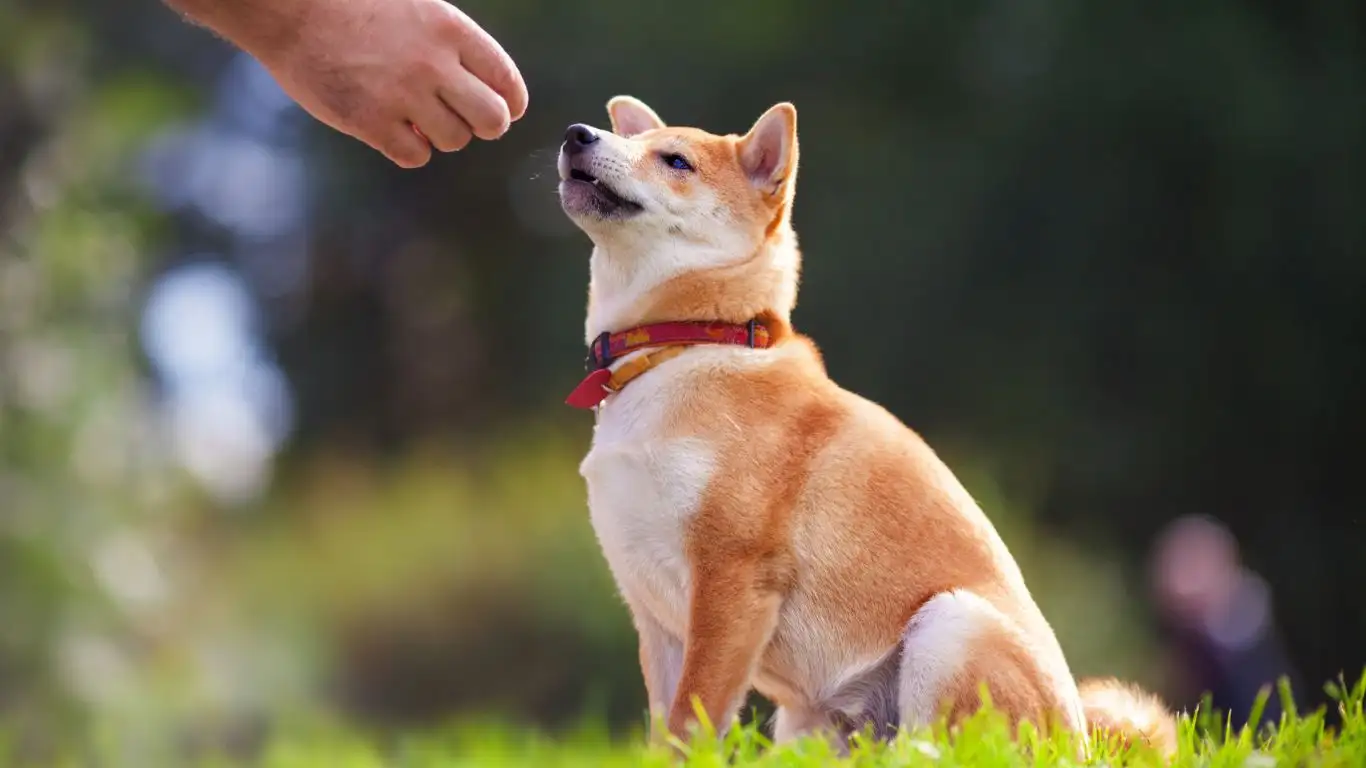
Let’s talk about something no one loves to deal with—setbacks. They happen, even when you’re doing everything “right.” Maybe your pup gets spooked by a loud truck mid-walk and suddenly the harness is the enemy again. Or perhaps a vet visit while wearing it creates a negative association. Been there, lived that.
Here’s the key: don’t panic, and don’t take it personally. Training progress isn’t always linear. Just like people, dogs have good days and off days.
- Backtrack smart: Go back to the last point where your dog was comfortable and confident, then work forward slowly again.
- Keep interactions low-stakes: Don’t only bring out the harness before walks. Let your dog wear it while chilling inside or getting belly rubs to reset the emotional tone.
- Stay consistent: Even five minutes a day of harness-positive experiences adds up faster than you think.
One of my past therapy dogs, Ginger, once had a full meltdown after a thunderstorm hit during a walk. She refused the harness for a week afterward. We went back to square one—treats, snuggles, no pressure—and within ten days, she was back to trotting around like nothing happened. Patience paid off, again.
Real-Life Harness Wins from Therapy Dog Training

Since I work with therapy dogs, getting them comfortable with gear is crucial. They not only need to tolerate a harness—they need to rock it with confidence in high-distraction environments like hospitals, schools, and rehab centers. That takes extra finesse.
Here are a few tried-and-true tricks I’ve used with my therapy dog trainees:
- Pair the harness with a “job”: Many working dogs thrive with purpose. Once the harness goes on, they know it’s “go time”—and that actually helps them settle into it faster.
- Make it part of the routine: Dogs love structure. If the harness goes on before breakfast or during your morning ritual, it becomes just another normal part of the day.
- Harness = Attention: Don’t forget that dogs crave our time. If putting on the harness means they get to go out, work, or just hang with you—that’s motivation enough for a lot of them.
I remember a Great Dane named Hugo who worked with kids on the autism spectrum. We started every session with a harness “dress-up” moment—light-hearted, treat-filled, playful. He eventually associated the harness with affection and purpose. It became his superhero cape.
Common Mistakes to Avoid
Even seasoned dog people make mistakes. And trust me—I’ve made a few along the way. Here are the big ones to avoid:
- Going too fast: Slow and steady truly wins the race. Skipping steps usually backfires.
- Forcing the harness on: This one’s a trust-breaker. If your dog backs away or resists, stop and reevaluate. Pushing through will only create more tension.
- Only using the harness for “boring” things: If it only shows up before a car ride or a vet visit, it’ll never be a fan favorite. Mix it up—use it for playtime too.
Training should feel like teamwork, not a battle. Your dog isn’t trying to be difficult—they’re just trying to understand what’s happening. Meet them where they’re at, and you’ll go farther together.
References
- American Society for the Prevention of Cruelty to Animals (ASPCA)
- American Veterinary Medical Association (AVMA)
- Victoria Stilwell’s Positively Training Resources
- Association of Professional Dog Trainers (APDT)
Disclaimer
This article is based on my personal experience as a Canine-Assisted Therapy Trainer and is intended for informational purposes only. Every dog is unique, and individual training needs may vary. If your dog displays aggressive behavior, high anxiety, or extreme resistance, consult a certified professional dog trainer or veterinary behaviorist. Always prioritize your pet’s safety and well-being.
